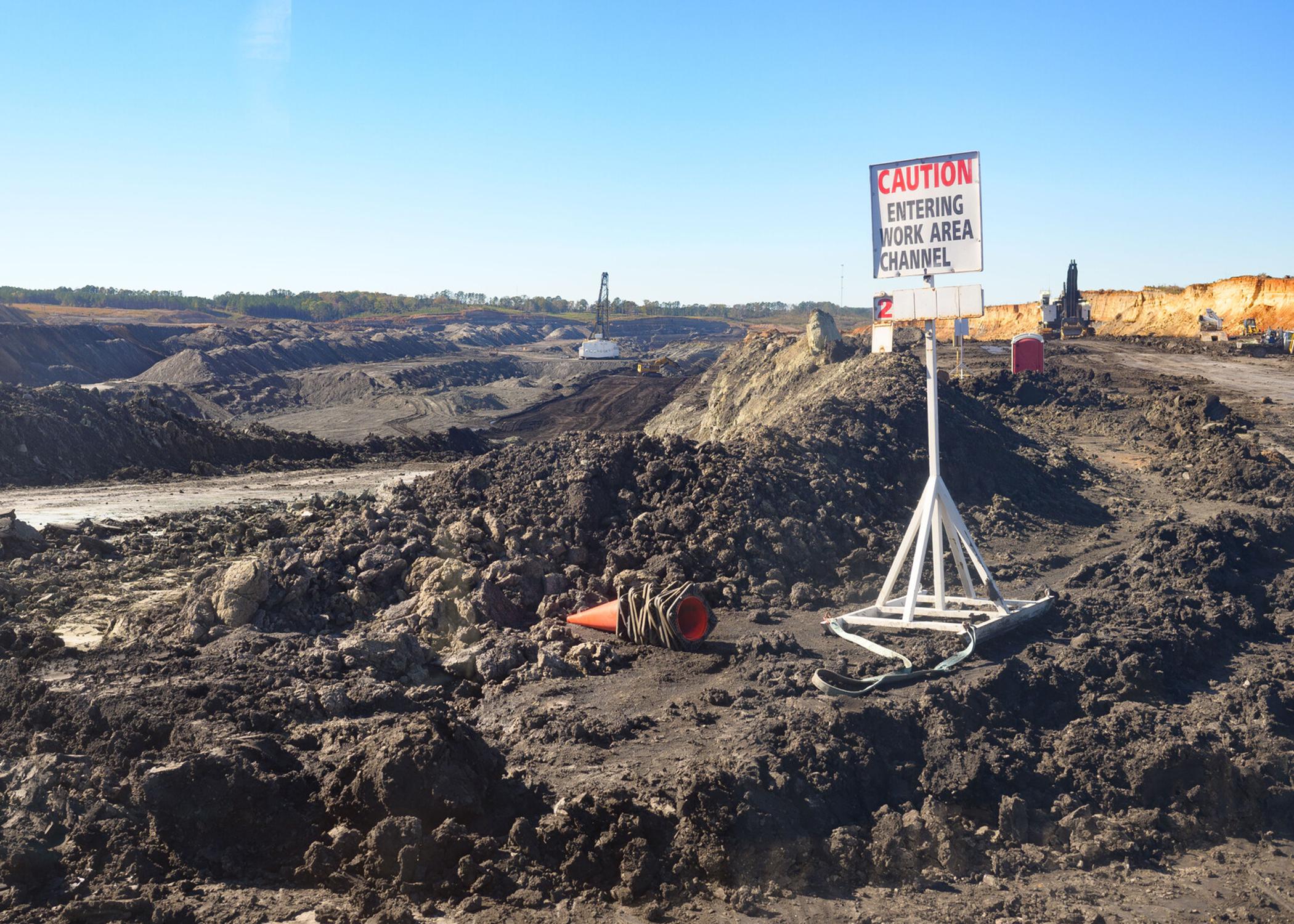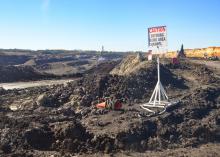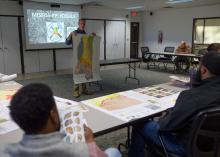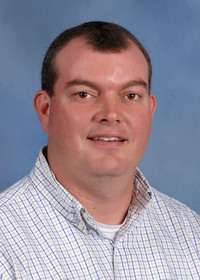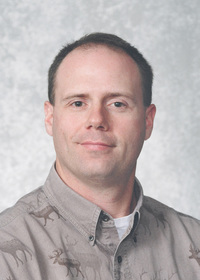New 4-H program targets potential geologists
STARKVILLE, Miss. -- Mississippi’s newest 4-H program truly is being built from the ground up.
Agents with the Mississippi State University Extension Service, which oversees the state’s 4-H youth development program, are holding interest meetings across the state to start county “Geo-Arch” clubs. The program targets young people with an interest in collecting Mississippi’s geological treasures and pre-historic artifacts such as fossils, arrowheads and rocks.
The geology and archaeology disciplines are closely related as they both involve the study of history through physical materials. However, the two disciplines differ as archaeology examines artifacts and remains left by humans and geology analyzes naturally occurring items such as minerals and rocks. An important component of geology, paleontology--the study of fossils--is also included in the program’s curriculum.
Jim McAdory, MSU Extension agent in Winston County, has started a local 4-H Geo-Arch club and is partnering with Extension 4-H programs in surrounding counties, including Oktibbeha, Kemper and Choctaw. His interest in natural and cultural artifacts began with his upbringing, and it propelled him to lead the charge in developing the new 4-H program.
“If you know what you’re looking for, you can pick up a fossil or an artifact that has a story to tell from any creek, gravel driveway or parking lot you come across,” McAdory said. “I hope the Geo-Arch program will get more kids outdoors exploring and doing hands-on projects like rock and fossil collections. Getting kids in tune to that and learning about the world around them is at the center of what we’re trying to do.”
McAdory approached the Office of Geology, the state’s Geological Survey under the Mississippi Department of Environmental Quality, or MDEQ, for assistance in developing the program’s curriculum and found a willing author, James Starnes, a geologist who directs the agency’s surface geology division. He wrote much of the curriculum, which is the first of its kind nationally in 4-H.
“Mississippi is beautiful in that fossils, rocks and artifacts can be found all over the state,” Starnes said. “Each part of the state has its own different geological history, with its own set of fossils, its own cultural history with its own set of cultural artifacts. History can be both the cultural as well as the geological or the early paleontological history of an area, and they’re all related. That’s why Jim and I agreed on a curriculum that introduced basics in all three studies.”
After a year in the program, 4-H’ers will be able to identify the various types of rocks, minerals, fossils and artifacts and start scientific collections of these items while learning how to document their findings.
The program will also introduce tools like topographic maps and geographic information systems in the process to teach 4-H’ers how to locate coordinates and geocodes and make an excavation grid. Interactive activities will provide hands-on lessons emphasizing environmental stewardship and increase participants’ appreciation of the state’s natural and cultural history.
“It’s normal for kids to pick up rocks off the playground, but one of those rocks they pick up could be a sea fossil that is several hundred million years old, which is actually a common thing here in Mississippi in a lot of our playground chert gravel,” Starnes said. “Learning about that and the basics of the three sciences in this program helps people look more closely at the world around them with a new understanding and appreciation of its past.”
McAdory also developed a partnership with the Red Hills Coal Mine in Ackerman, which agreed to set aside a portion of its property for 4-H activities. He helped organize agent trainings at the mine so they could learn the curriculum. He plans to conduct club meetings there in the future.
MSU Extension 4-H environmental science and education specialist Reid Nevins said the new program has the potential to appeal to a broad audience.
“Mississippi is more sought after for its geological resources than a lot of people realize,” Nevins said. “A lot of the rocks and minerals here can be found lying on the surface of the ground, without a need to dig for them. We’re trying to introduce youth to something they wouldn’t learn much about otherwise at a level where they can understand it.”
McAdory said adding to the programs that Mississippi 4-H already offers can help the organization expand its reach to children whose interests may not fit into its current offerings.
“When 4-H was conceived, most of its members were on the farm. Today, a lot of them are not in agriculture and never will be, but they enjoy the outdoors and love these kinds of activities,” he said. “We’ve got to continue looking outside the farm and meeting those kids where they are.”
To learn more about the Mississippi 4-H Geo-Arch program, contact a local MSU Extension county office. An online county office directory is online at https://extension.msstate.edu/county-offices.

